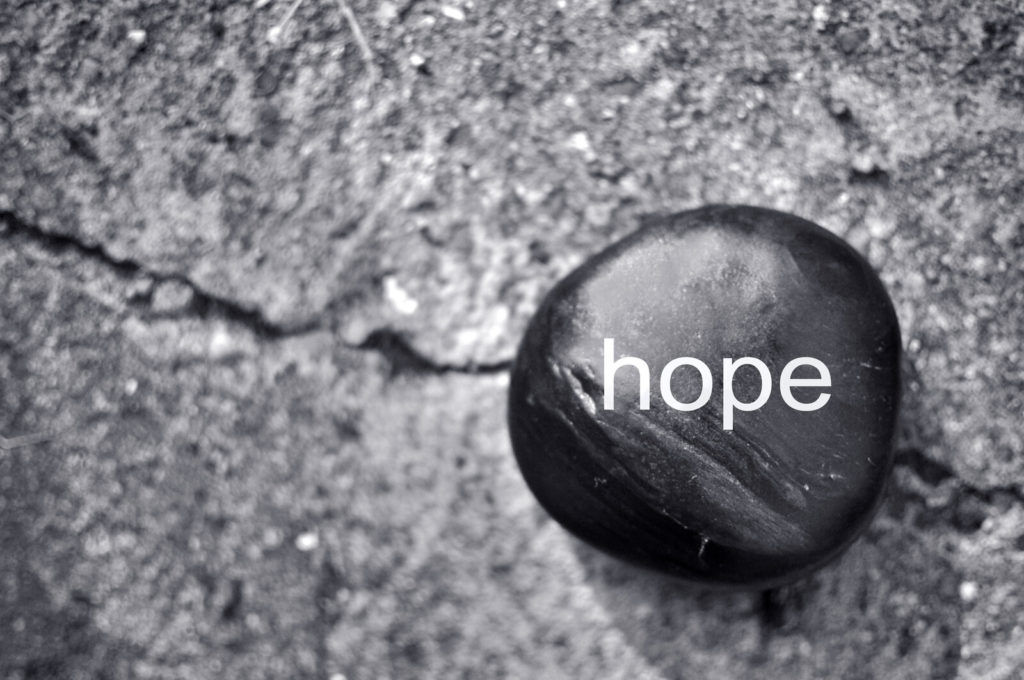
Change is not an option. Change is an Opportunity.
In this series I have been sharing with you how it is possible, during challenging times, that you can actually thrive rather than just survive.
How can you take advantage of this opportunity of change to dramatically move forward in your personal and professional life?
As I shared in Part 1, there are 3 keys to taking charge of your life during times of change:
- Adjust Your Personal Vision
- Discover Hope Out of Helplessness
- Turn Powerlessness into Action
In
my previous post, I discussed the importance of adjusting your personal
vision (your unique picture of your personal future) in order to adjust
the way in which we see our future to fit the new situation/condition
by letting go to move forward. In this post I would like to share:
Key #2 – Discover Hope Out of Helplessness
“Change is hard on hope.”
Change and uncertainty can lead to:
- Discouragement, losing your spirit
- Feeling helpless or out of control
- Destroying your self-confidence
- Draining your energy
In order to deal with the uncertainty and fear of the future, we often will put on what I call ‘emotional armor’ to protect yourself. It makes sense that we would want to feel safe and protected during times of change, yet there is a cost to carrying around such armor.
In Medieval times, armies would create more and more armor to protect themselves from the enemy until it reached a point where the army with too much armor became weighed down and unable to fight!
In
much the same way, extreme caution and fear can lead to emotional
paralysis. You can become so weighed down with anxiety that you freeze while the realities of life keep on going.
Your focus
on current and possible future problems destroys your ability to see
opportunities within the change that is happening.
There are 3 types of emotional armor that many put on to protect ourselves. The key is to identify your armor in order to remove it and to feel lighter.
- The Armor of the Fear of Risk-Taking(Resistance to Change)
Change is scary, and our tendency is to lose a childlike response to life.
“One of the most responsible things you can do as an adult is to become more of a child.” ~ Wayne Dyer
In times of change, become more childlike:
- Take chances- become creative and more flexible
- Change “What if” thinking to “So what” thinking
- Allow for spontaneity in your life – start dreaming again!
- Give yourself permission to laugh, have some fun and relax
“With a little madness (and childlike thinking) you can cut the rope (of fear) and be free!” ~Zorba the Greek
- The Armor of a Lack of Self-Confidence
During times of change, LISTEN to your self-talk – Is it positive or negative?
As I have shared in a past post, quiet that negative and fear-inducing voice in your head!
“You cannot consistently perform or live in a manner which is inconsistent with the way you see or talk to yourself”
- The Armor of Stress and a Lack of Balance
Take time for self-care:
- Regular exercise, sleep and diet
- Slow, focused breathing during times of anxiety
- Set aside time for intentional activities for relaxation
“If the snooze button on your alarm is getting as worn out as you are, wake up – you may be burning out!” ~Patty Boyd
Identify and remove your emotional armor.
Change is not an option, but an opportunity to Discover Hope Out of Helplessness
I look forward to sharing Key #3, Turn Powerlessness into Action, in my next Post.



As you are so aware, we are going through some very challenging days, with more than likely the most disruptive still ahead of us. It is during these moments when we feel most out of control and that anxiety begins to escalate, leading to even more stress and feelings of fear.
I am finishing creating a Master Class Video that I will share with you soon entitled, Manage Your Anxiety During Times of Change, that I know you will find helpful and practical in the weeks ahead.
Until it becomes available, I want to provide you with some principles and skills that I was able to present during an interview a few years ago. In this interview, I share 1) how to identify the underlying causes of panic and anxiety; 2) the keys to developing more effective bodily responses to stress/anxiety and; 3) the secrets of powerful thought responses to stress.
Effective and practical information, not hyped up news reports or Facebook posts that get us worked up, is the first step to taking back a sense of control in our life.
Click here to access Interview
Thanks again for your support, and wishing you all the best as we all navigate these unknowns together!